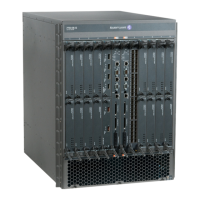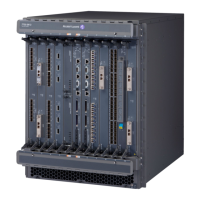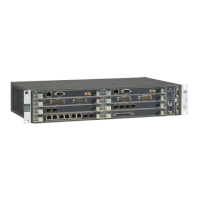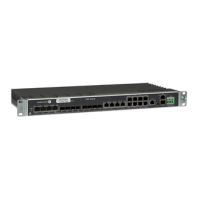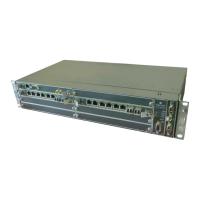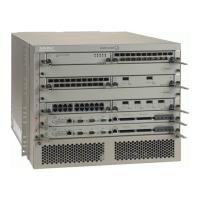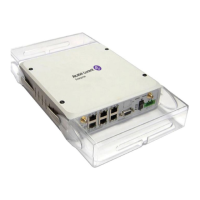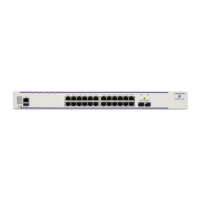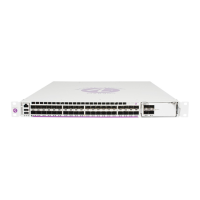Page 150 7750 SR OS Basic System Configuration Guide
File Commands
<none> — Displays the current working directory.
.. — Signifies the parent directory. This can be used in place of an actual directory name in a
directory-url.
directory-url — The destination directory.
copy
Syntax copy source-file-url dest-file-url [force]
Context file
Description This command copies a file or all files in a directory from a source URL to a destination URL. At
least one of the specified URLs should be a local URL. The optional wildcard (*) can be used to copy
multiple files that share a common (partial) prefix and/or (partial) suffix.
When a file is copied to a destination with the same file name, the original file is overwritten by the
new file specified in the operation. The following prompt appears if the destination file already exists:
“Overwrite destination file (y/n)?”
For example:
To copy a file named srcfile in a directory called test on cf2 in slot B to a file
called destfile in a directory called production on cf1 in slot A, the syntax is:
sr1>file cf2:\ # copy cf2-B/test/srcfile cf1-A/production/destfile
To FTP a file named 121201.cfg in directory mydir stored on cf1 in slot A to a
network FTP server with IP address 131.12.31.79 in a directory called backup with
a destination file name of 121201.cfg, the FTP syntax is:
copy cf1-A/mydir/121201.cfg 131.12.31.79/backup/121201.cfg
Parameters source-file-url — The location of the source file or directory to be copied.
dest-file-url — The destination of the copied file or directory.
force — Forces an immediate copy of the specified file(s).
file copy force executes the command without displaying a user prompt message.
delete
Syntax delete file-url [force]
Context file
Description This command deletes the specified file.
The optional wildcard “*” can be used to delete multiple files that share a common (partial) prefix
and/or (partial) suffix. When the wildcard is entered, the following prompt displays for each file that
matches the wildcard:
“Delete file <filename> (y/n)?”
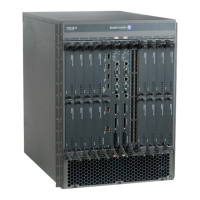
